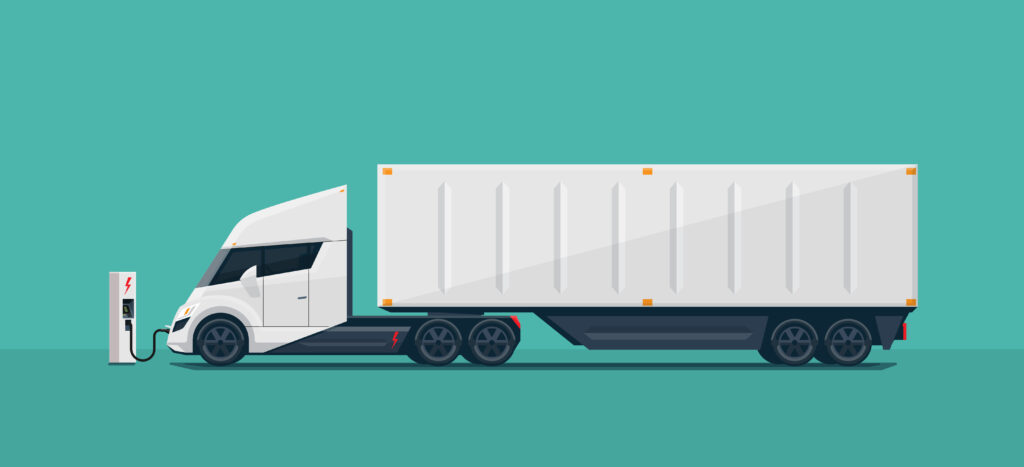How to meet EV industry standards for Emergency Response Guides

First of all, what are emergency response guides?
Emergency Response Guides (ERG) provide essential safety-related information for a product, in this instance Electric Vehicles all in one place. They act as an enabler for the First and Seconder responders to be to apply fast and efficient action, as well as providing the response team with the necessary information to rescue the occupants as quickly and as safely as possible, adopting the correct action with respect to the vehicle technology concerned. This is why it is important that the ERG is a concise document so that all of the necessary information is quick and easy to find.

What do ERGs consist of?
ERGs consist of three parts:
- The Front page
- The Rescue sheet
- And the relevant information for a vehicle when involved in a traffic accident or incident
The ERG should be structured to follow a procedural flow for the main actions of the first and second responders arriving at an accident scene.
- Immobilisation
- Disabling of hazards
- Access to occupants
- Shut-off procedures
- Handling of stored propulsion energy
- Information in case of fire or submersion
- Information regarding towing, transportation and storage.

Emergency Response Quick Guides
These are a even more condensed version of the Emergency response Guide which normally consist of no more than 3-4 pages and provide the most relevant and safety-critical information.
Why are they important to the Electric Vehicle (EV) industry?
ERGs are crucial to the EV industry and they set the standard for safety within the industry. Through a recent investigation in the US, a safety report has identified two main safety issues. Firstly, the inadequacy of vehicle manufacturers’ emergency response guides. Then secondly, the gaps in safety standards and research related to high-voltage lithium-ion batteries involved in high-speed, high-severity crashes. This report led to 4 safety recommendations. One was the availability of a manufacturer’s emergency response guide, and its adherence to the legal standards that it is required to meet. Another important action was that the ERGs are to be modelled on ISO standard 17840 and SAE International recommended practice J2990.
The report also recommended that vehicle-specific information was to be included in emergency response guides for tackling high-voltage lithium-ion battery fires. Such as; mitigating thermal runaway and the risk of high-voltage lithium-ion battery reignition, reducing the risks associated with energy in high-voltage lithium-ion batteries during emergency response and even before a damaged electric vehicle is removed from the scene, and then how to safely store an electric vehicle with a damaged high-voltage lithium-ion battery (Risks to Emergency Responders from High-Voltage, Lithium-Ion Battery Fires Addressed in Safety Report (ntsb.gov))
What are the common mistakes?
We have seen many vehicle manufactures can fall into the mistake of creating a detailed comprehensive document of 30 pages or more containing all the detailed information related to alternative propulsion. It almost becomes a full-blown Description & Operation Manual or worse still a marketing brochure. Again, this is not very helpful to support the first and second responders, this is not a quick reference for an emergency responder. This type of detail of information is fine for product training but from an ERG perspective, you want to keep it concise 4-10 pages maximum.
By providing more information than is necessary the information safety information is harder to find. In an emergency, it is crucial that this potentially lifesaving information is both quick and easy to find for emergency responders.

What standards do you need to meet?
It’s important to provide a logical approach to the layout and general contents for ease of use by first and second responders. The ER guides also need to be available in both paper or electronic format on a mobile device via an App, making it easier for Emergency Responders to access. However, ER Guides can also benefit your business by supporting sales and marketing as a key selling point, by having these extra safety features. This should give potential customers can have peace of mind that should an incident occur there is supporting information available to assist the rescue services. As well as following the below ISO standards;
There are revised ISO Standards recently published which relate to the Rescue sheet:
- ISO 17840-1-2022 (1) (Rescue Sheet)
The other parts of the Standard are as follows:
- ISO 17840-2 (Buses, Coaches and HGV)
- ISO 17840-3-2019
- ISO 17840-4-2018
- SAE J2990 2019
If you would like any more information on emergency response guides or our technical authoring services, contact us at info@cadituk.com
